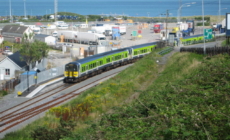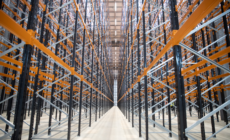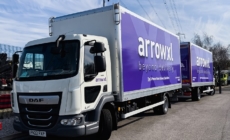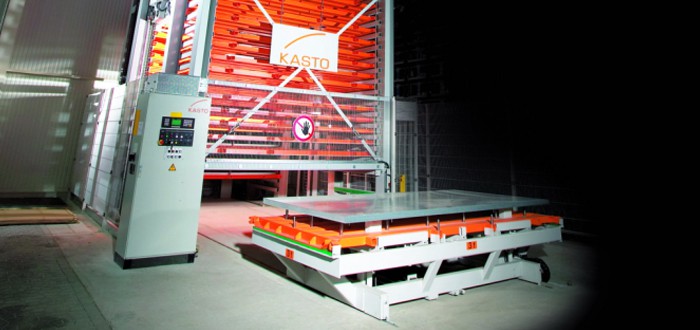-
ROSSLARE EUROPORT TARGETS HEALTH & SAFETY WITH CAMERA TELEMATICS PARTNERSHIP - 2 days ago
-
Landmark Study Reveals Wearable Robotics Significantly Boost Safety and Efficiency in Industrial Environments - July 24, 2024
-
Visku Tackle The Retail Seasonality Challenge One Pallet At A Time - July 22, 2024
-
KAMMAC AND BERGEN LOGISTICS STRENGTHEN FASHION & LIFESTYLE SERVICES IN THE UK - July 19, 2024
-
TENTBOX EXTENDS PARTNERSHIP WITH ARROWXL TO SUPPORT INCREASING DEMAND - July 17, 2024
-
The Perfume Shop improves customer journeys while driving profitability in partnership with Scurri - July 17, 2024
-
ZEROMISSION SECURES £2.3M ($3M) INVESTMENT TO ACCELERATE ELECTRIC FLEETS - July 16, 2024
-
BCMPA CELEBRATES SUCCESS OF 2024 CONFERENCE - July 15, 2024
-
Best of the Best: Jungheinrich Celebrates Triple International Award Win - July 12, 2024
-
GOPLASTICPALLETS.COM CALLS ON NEW CHANCELLOR RACHEL REEVES TO CONSIDER PLASTIC PACKAGING TAX REFORM - July 10, 2024
Energy Recovery And Storage In Kasto Storage Systems.
Storage systems that save electricity
Rising electricity costs and diminishing resources are creating a demand for energy-efficient solutions in every industry. Logistics and distribution are no exception. For this reason, the sawing and storage specialist KASTO has developed an innovative energy recovery and storage concept for its automatic bar stock and sheet metal storage systems. It makes it possible to convert surplus kinetic energy into electricity and store it temporarily for later use as needed. This cuts operating and investment costs, and it reduces CO2 emissions.
Energy recovery is now available as an option with all KASTO storage systems. The electric circuits for the drive shafts of the operating gantry crane (OGC) are connected through a DC link. Surplus kinetic energy, such as that produced in braking of the OGC or lowering of lifting gear, can be converted into electricity and fed back into the grid. The energy can then be used for other purposes – either within the storage facility or by other users in the company grid. Consumption of electric power can be reduced by as much as 40 percent compared to conventional drive systems.
To achieve even greater efficiency, KASTO is now also optionally equipping its storage systems with an integrated energy storage unit upon request. The unit temporarily stores surplus energy in double-layer capacitors for use as needed. An intelligent controller charges and discharges the energy storage unit depending on the process currently running. The energy remains in the system until it can be used. Power is drawn from the grid at a nearly constant level, allowing peripheral equipment to operate at the rated load. In this way, users can reduce the connected load of the OGC by more than 50 percent. The energy storage allows saving additional costs by avoiding load peaks.
Besides significant reductions in power consumption and CO2 emissions, KASTO’s new technology has the advantage that operators of storage facilities can often use smaller transformer stations. This reduces not only the costs of operation but also investment costs. The purchase will pay for itself in a very short time. Existing KASTO storage systems can also be retrofitted with energy recovery and storage.

































